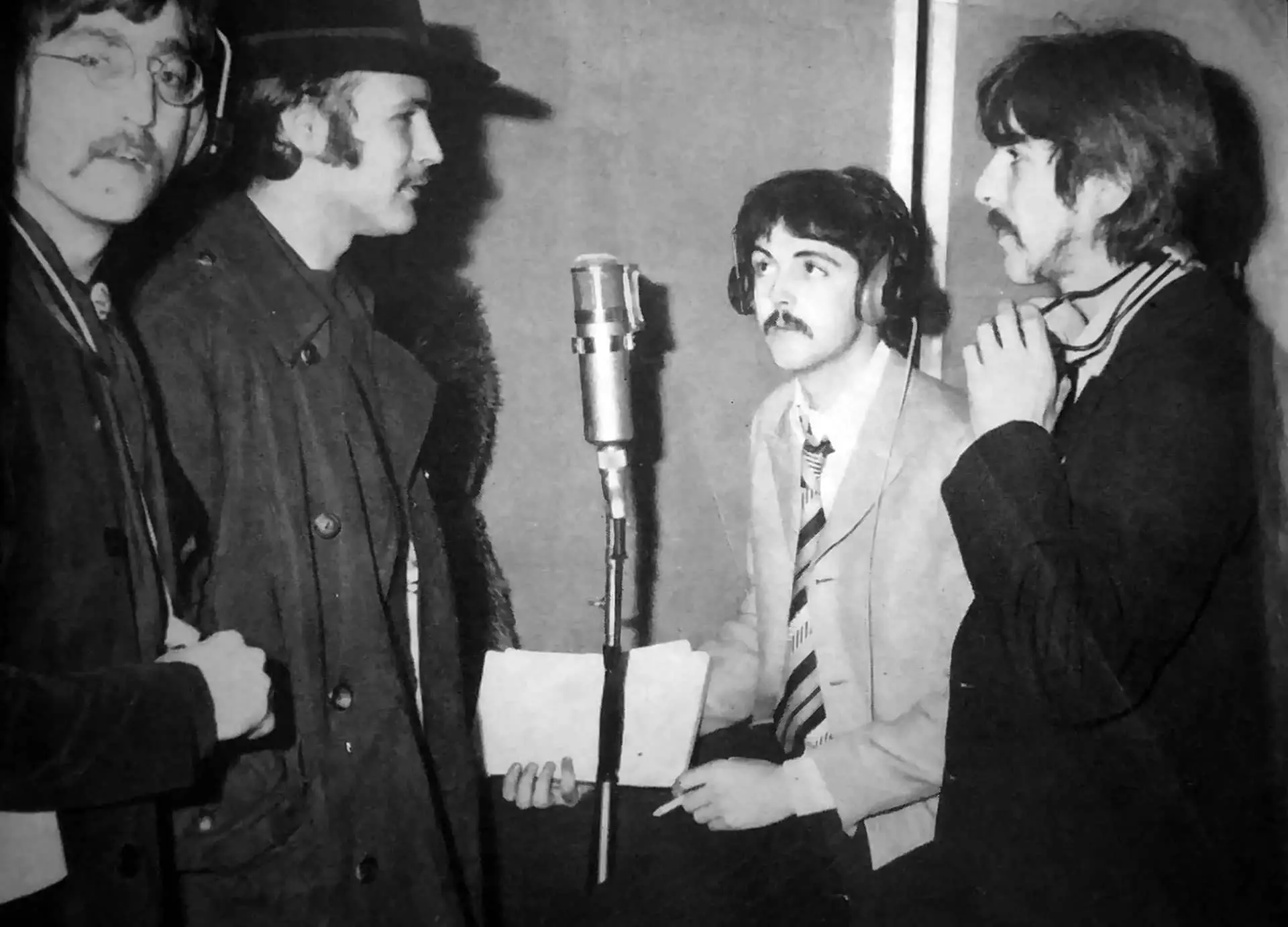

As far as McGuinn and Hillman were concerned there were far too many to count. His firing could not be attributed to any particular reason. The dismissal of David Crosby in October ’67 came as little or no surprise. Usher would thankfully stay on through another major shift in the Byrds’ personnel and style to produce their next two albums, the psych/country milestone The Notorious Byrd Brothers and their Americana masterpiece, Sweetheart of the Rodeo. Having just produced Gene Clark’s debut album Gene Clark with the Gosdin Brothers for Columbia Records (a fine record that immediately plummeted into oblivion) Usher helped try to balance the escalating tensions within the band while bringing an ethereal luster to the music (perfectly illustrated by the pixilated album’s cover shot). The sessions for The Byrds’ fourth album began on July 28, 1966, with Gary Usher, who’d co-written the Beach Boys’ classic ballad “In My Room” with Brian Wilson, at the helm.


To be fair, he would later reign himself in enough to record the mesmerizing “Guinevere” with Crosby, Stills and Nash, which incorporated many of the best aspects of “Mind Gardens” and “Renaissance Fair.” I can only hope Crosby was high on LSD while recording “Mind Gardens,” intending it to be a “sonic relic” or perhaps a “contemporary urban field recording,” otherwise there was no excuse for committing this embarrassment to wax. But many of these ideas would actually come to fruition on their following album The Notorious Byrd Brothers. 102,” which employed an oscillator and manipulated voices and Crosby’s meandering free-form bardic recitation on “Mind Gardens” seemed self-indulgent at best. The band’s slogan “Always Beyond Today” summed up the philosophy behind many of their sonic experiments, which, while always innovative and interesting, didn’t always bear repeated listening. Originally named the Jet Set before adopting the Byrds as their moniker, the clever spelling wasn’t just some Renaissance-inspired wordplay Roger McGuinn and company had dubbed their group in honor of the great Admiral Richard Byrd, famous for his expeditions to both the North and South poles.
#The byrds 1967 free#
Their lead-singer and top songwriter Gene Clark, responsible for the band’s first self-penned hits “I’ll Feel A Whole Lot Better” and “Set You Free This Time” had abruptly quit the group in January 1965, ironically citing his fear of flying as the reason for leaving while insiders claimed that working with the notoriously arrogant David Crosby nearly caused him to suffer a nervous breakdown.
#The byrds 1967 movie#
Inspired by jazz saxophonist John Coltrane’s modal improvisations over popular movie themes like “My Favorite Things” and “Chim Chim Cherie,” and the rambling ragas of the Bangladeshi sitarist Ravi Shankar (a fervent Crosby had allegedly hipped George Harrison to Indian music after he’d attended a Shankar recording session), The Byrds helped launch psychedelic music with “Eight Miles High.” Released on March 14, 1966, the song opened our ears and minds to a whole new realm of sonic possibility five months before the Beatles’ mesmerizing mantra “Tomorrow Never Knows” and a year before the acid jams of the Grateful Dead and Jimi Hendrix.


 0 kommentar(er)
0 kommentar(er)
